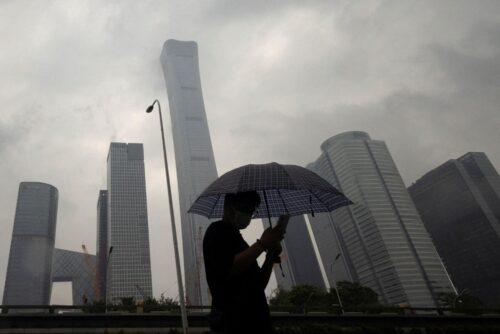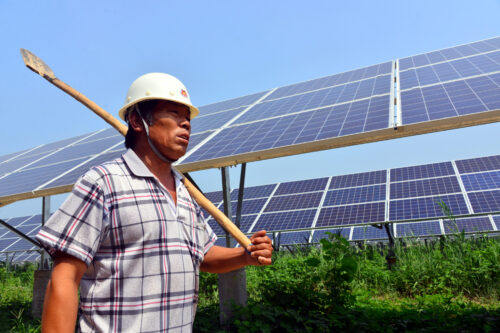China courts the Philippines and Thailand
Chinese Foreign Minister Wang Yi has left on a few high notes from his visits to Thailand and the Philippines, as he seeks out stronger ties on his five-nation tour in Southeast Asia.

Chinese Foreign Minister Wáng Yì 王毅 has been courting Southeast Asian nations this past week, as part of a five-nation tour to promote China’s alternative to the U.S.’s Indo-Pacific Strategy (IPEF). Wang will end his 11-day trip in Malaysia and Indonesia for the G-20 Foreign Ministers’ Meeting in Bali.
- This trip follows Wang’s recent tour of eight Pacific Island nations, and a spin through Central Asia.
A “new golden era” in relations with the Philippines?
Donning a Filipino formal shirt known as a barong, Wang Yi met his Philippines counterpart and the newly elected president Ferdinand Marcos Jr. at the presidential palace in Manila on Wednesday. Marcos is expected to lean “more favorab[ly] to China than the United States,” though has been clear that closer ties with Beijing “will not be at the expense of sovereignty.”
- Both sides agreed to boost bilateral cooperation and discuss issues in the South China Sea: Marcos said he is open to military exchanges with China, while Wang Yi heralded a “new golden era” of ties with the Philippines, which “turned a new page” with the election of the new president.
- “Secretary Manalo highlighted the fact that Wang Yi is the first foreign minister received by the new Philippine government,” Foreign Ministry Spokesperson Hua Chunying 华春莹 wrote on Twitter.
The more positive tone comes amid heightened tensions between the two nations over long-standing disputes in the South China Sea. Manila has had difficulty standing up to repeated incursions of Chinese vessels into contested waters, a stance that the U.S. has backed. The Philippine government has nonetheless managed to maintain smooth relations with its largest trading partner.
- Philippine exports to China amounted to $971.74 million, or 15.9% of total exports, in April. The U.S. came close behind at $955.17 million (15.6%), then Japan at $820.96 million (13.4%), Hong Kong at $740.58 million (12.1%), and Singapore at $419.82 million (6.9%).
- Manila abandoned joint energy exploration talks with China in June, citing “constitutional constraints and issues of sovereignty.”
- The Philippines has also recently lodged more protests with China for unilaterally declaring a ban on fishing in the South China Sea, and also complained of harassment and other violations of its jurisdiction by Beijing’s coast guard.
A high-speed rail system with Thailand
Meanwhile, Thailand renewed its commitment to complete its section of a high-speed rail system that connects the country to China through Laos by 2028, following a meeting between Wang Yi and Thai Prime Minister Prayuth Chan-Ocha on Tuesday.
The long-delayed 434 billion baht ($12 billion) project, which was first proposed in 2014 under China’s Belt and Road Initiative, is now set to finish by 2026. Thailand’s stretch will link 609 kilometers (378 miles) and bridge the Mekong River to connect with the China-Laos line, which was completed in December.
- The Laos and Thailand segments are expected by many to be the start of powerful infrastructure linkages that connect the world’s second-largest economy with much of Southeast Asia.
- Foreign Ministry spokesperson Zhào Lìjiān 赵立坚 commented on Twitter “China-Laos-Thailand railway is interconnected now!”
Over the weekend, Wang Yi made his first stop in Myanmar for the Lancang-Mekong Cooperation (LMC) group meeting, Beijing’s highest-level visit to the nation since the military junta overthrew the democratically elected government of Aung San Su Kyi last year.




